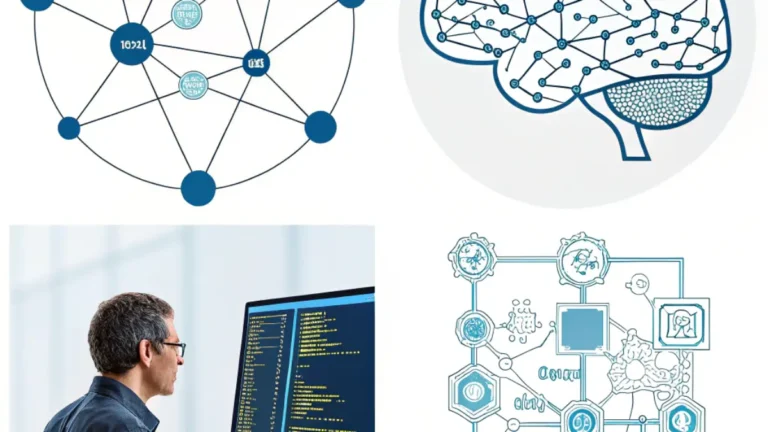
Big tasks can feel overwhelming. Whether it’s a work assignment, a school project, or a personal goal, not knowing where to start often leads to procrastination. Segin your journey to success by breaking down tasks into smaller, manageable pieces, making everything feel lighter and easier to complete. Here’s how you can take control and make progress one step at a time.
Understand the Whole Picture First
Before breaking anything down, take a moment to understand the full scope of your task. Ask yourself:
- What is the final goal?
- Are there any deadlines?
- Who else is involved?
Having a clear picture helps you stay focused and avoid confusion as you move forward.
Turn Big Tasks into Actionable Steps
Now take your main task and split it into smaller parts. For example, if your task is to write a report, your smaller steps could be:
- Research the topic
- Create an outline
- Write a draft
- Edit and proofread
Each small step should be something you can complete in one sitting. This reduces mental load and makes progress feel real.
Set Priorities and Deadlines
Once you have the list of small tasks, organize them in order of importance or sequence. Which step needs to come first? Which ones are dependent on others? Assign realistic deadlines to each small task. This helps you stay on track and avoids last-minute stress.
Why Breaking Tasks Really Works
When a task looks too big, it often leads to delay or stress. But when you break it into smaller parts, it feels easier to start and finish. This is because small steps are less scary and more doable.
Each time you complete a step, you build confidence and stay motivated. It turns a heavy task into something you can handle smoothly.
Keep Everything in One Place
Once you break tasks into smaller steps, keeping them in one place helps avoid confusion. You can use a tool like Segin to manage your notes, tasks, and calendar together. It keeps everything organized so you don’t have to switch between different apps.
Stay Flexible and Review Often
Sometimes plans need adjusting. If a task takes longer than expected or your priorities change, don’t hesitate to rework your list. Regular check-ins with your plan keep you in control without feeling overwhelmed.
Frequently Asked Questions
Q1. Why is it important to break tasks into smaller parts?
It helps reduce overwhelm, boosts clarity, and allows steady progress without feeling stuck.
Q2. What’s the biggest mistake people make with large tasks?
They try to do everything at once without a clear step-by-step plan.
3. How small should each task be?
Each task should be simple enough to complete in one focused session, ideally within 30 to 60 minutes.
Conclusion
Learning how to break down tasks into manageable pieces can transform how you work. It turns big, scary goals into achievable steps and helps you stay consistent without burning out.
If you’re looking for a smarter way to stay on top of your tasks, notes, and schedules in one place, try using Segin. It’s an easy-to-use app that helps you manage everything without switching between tools.





